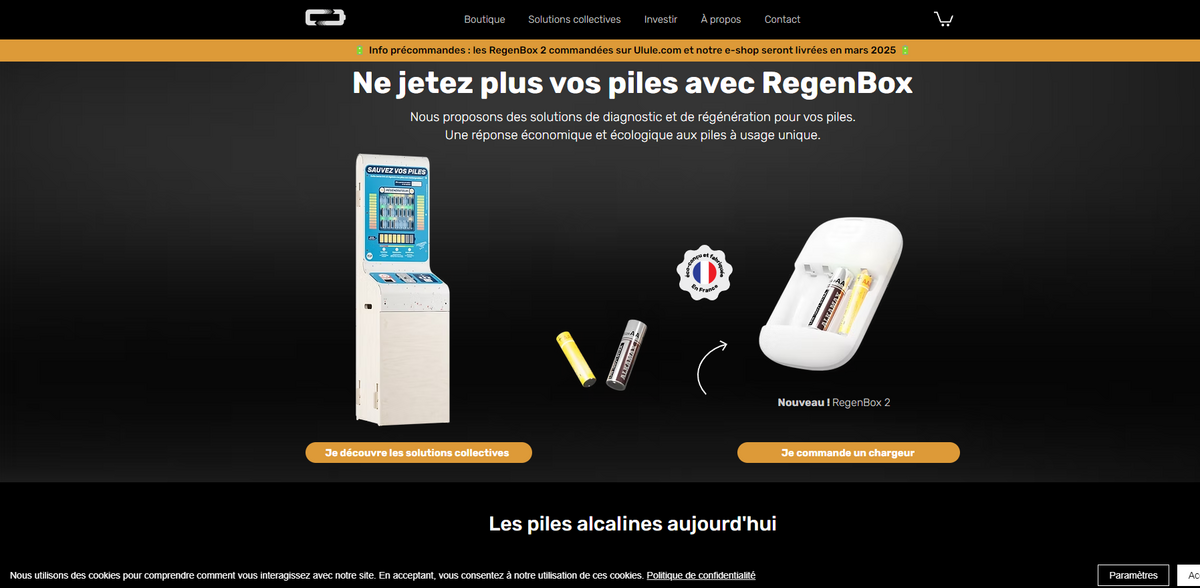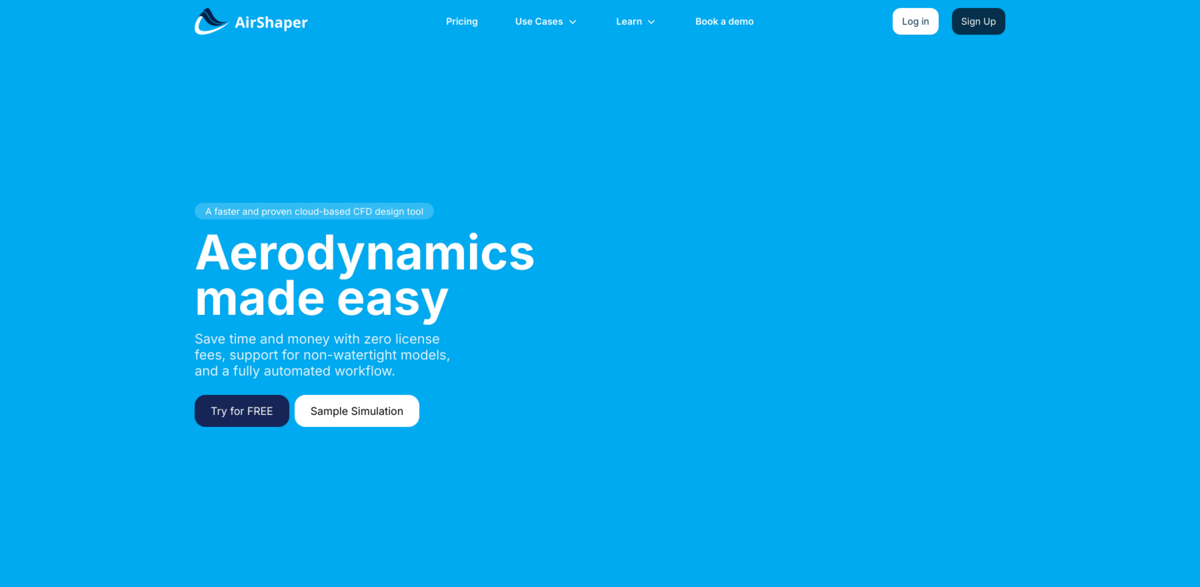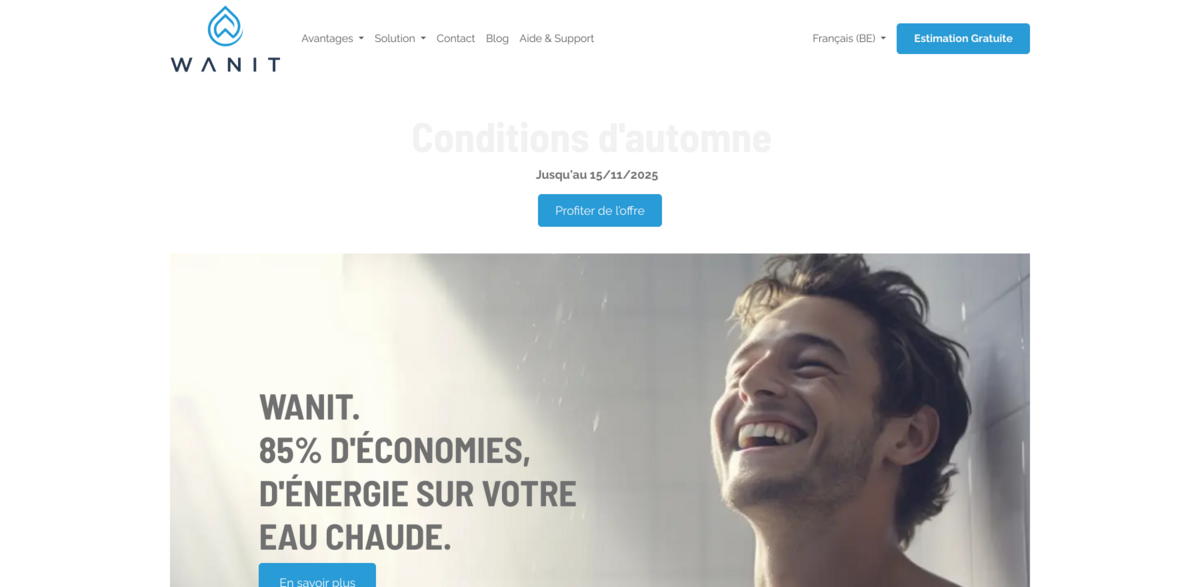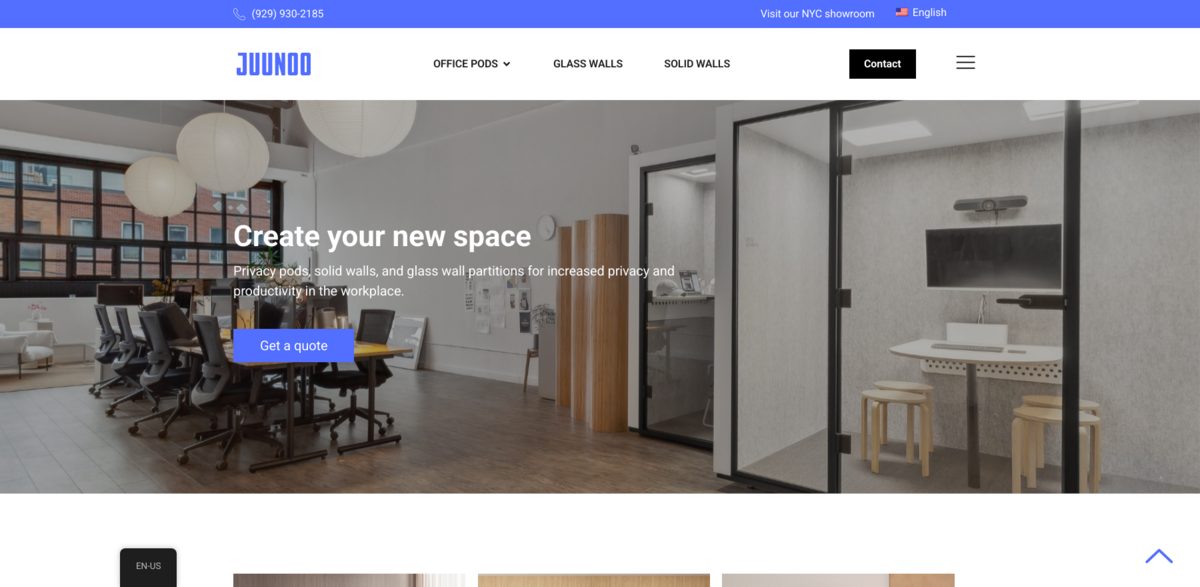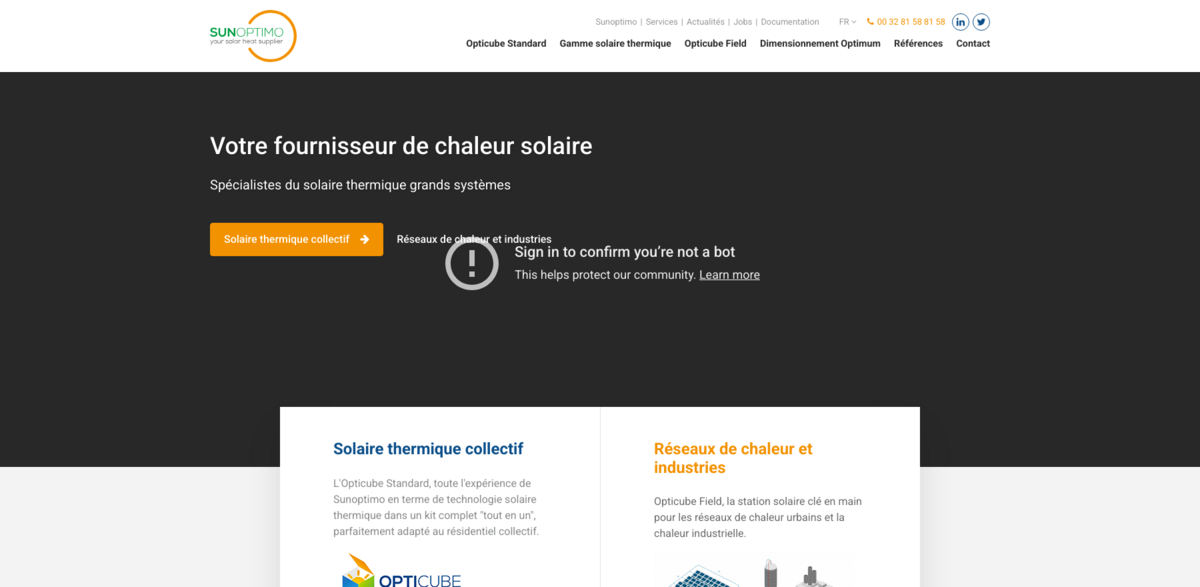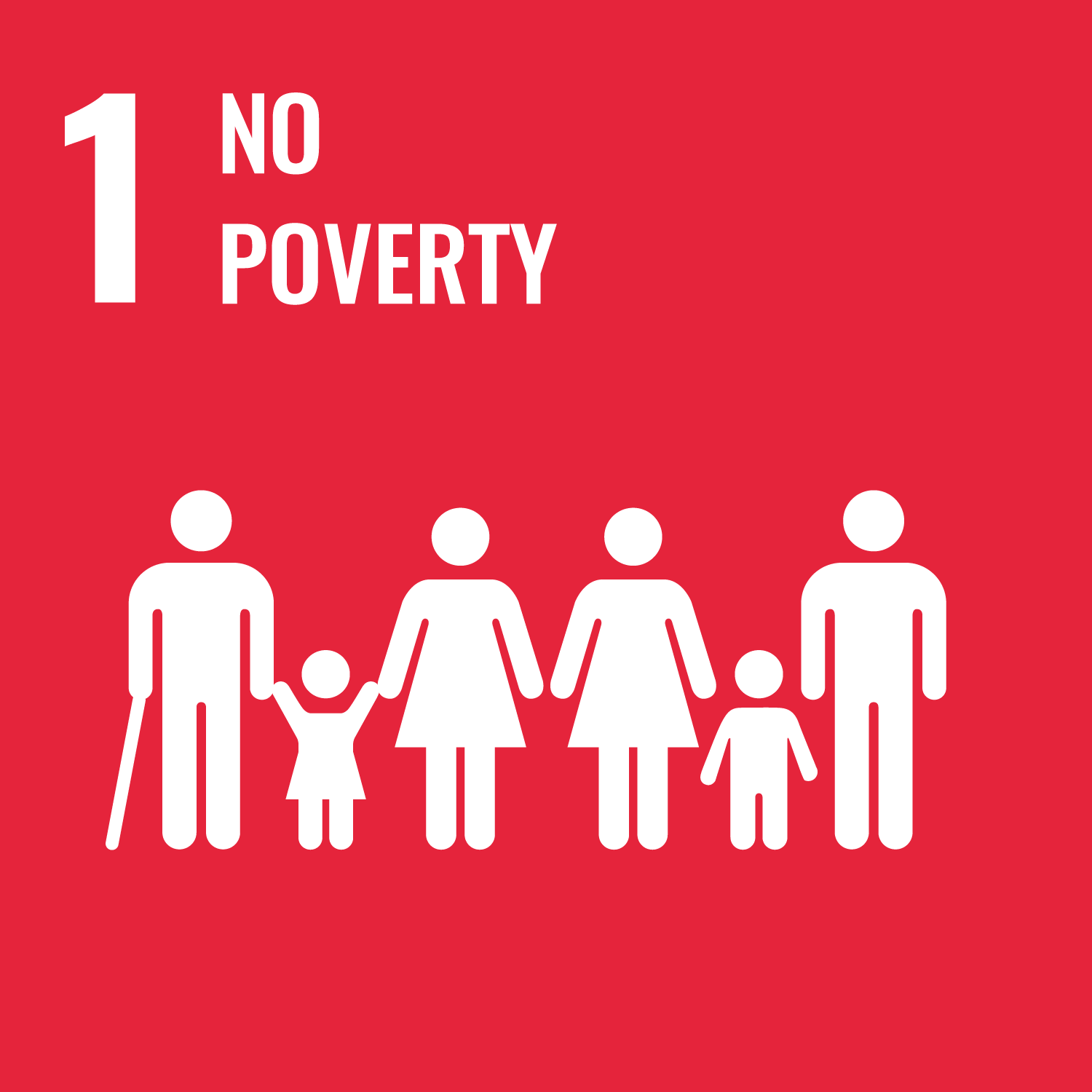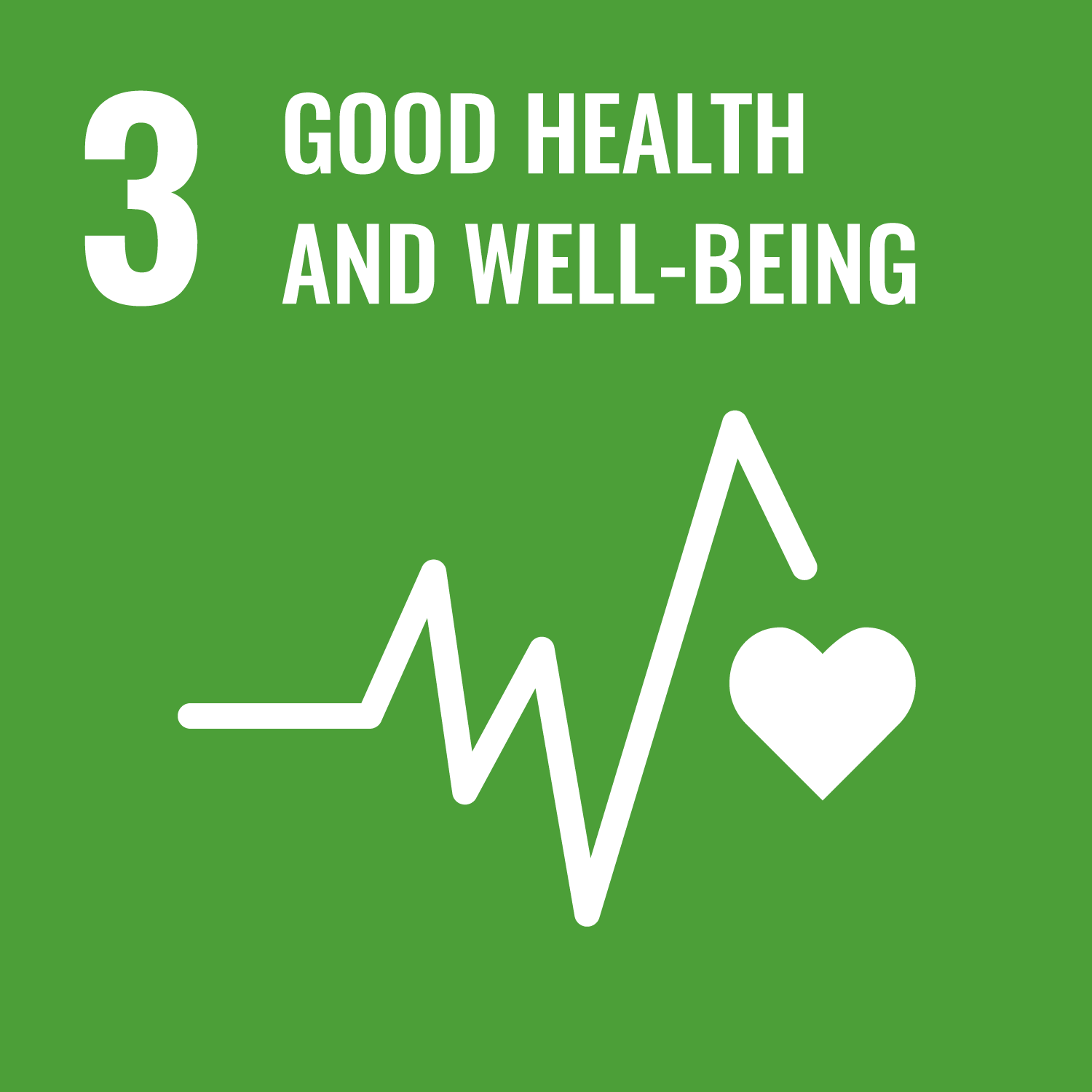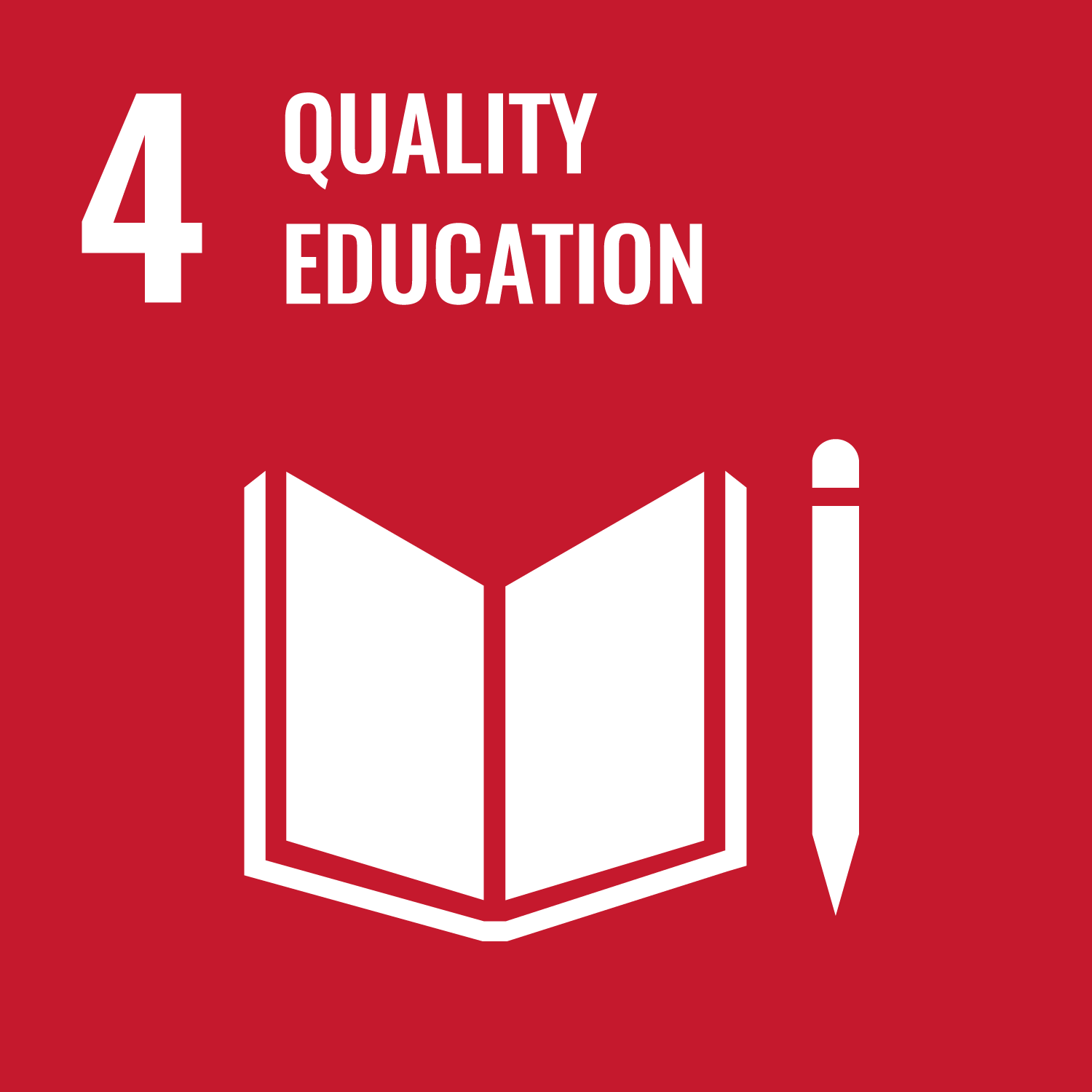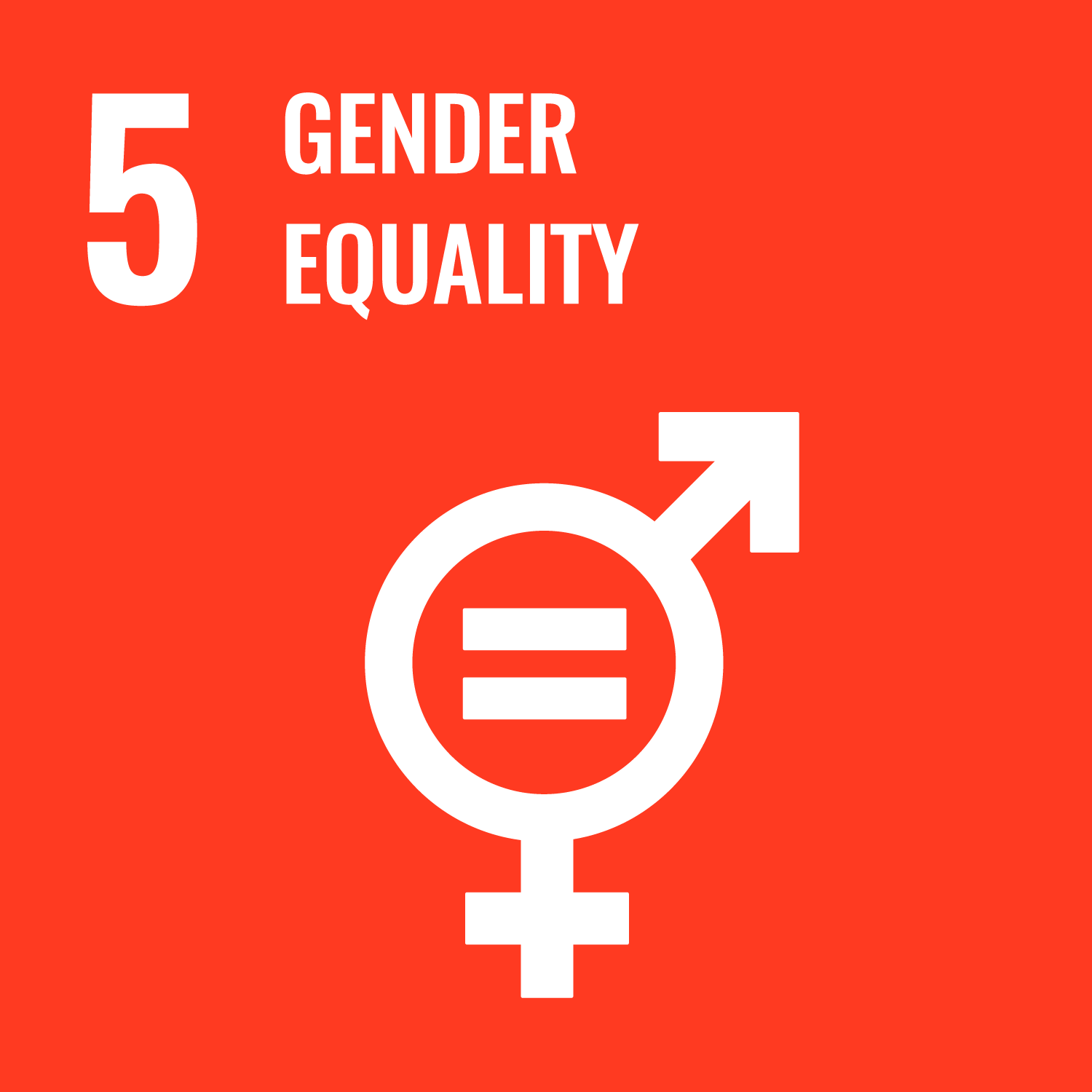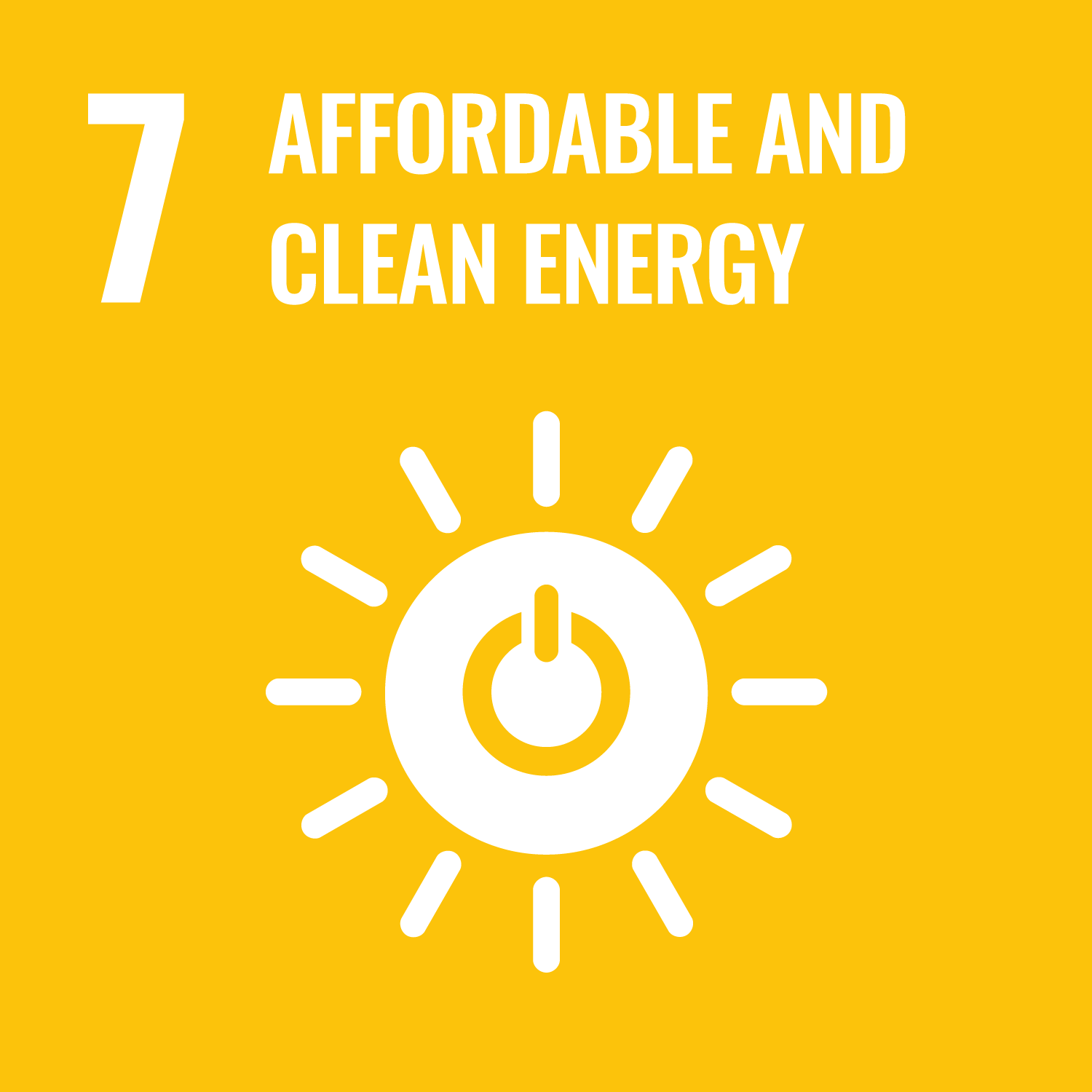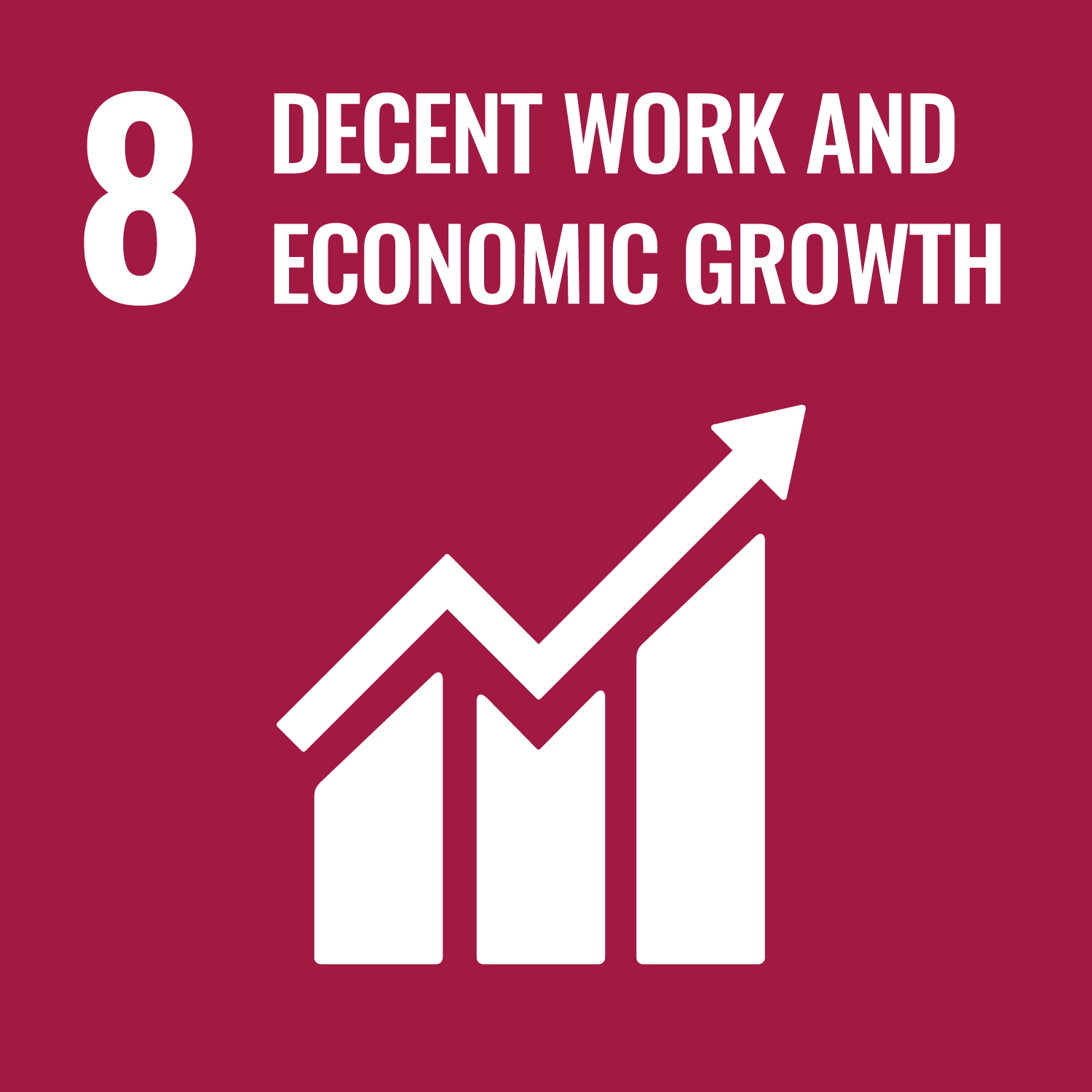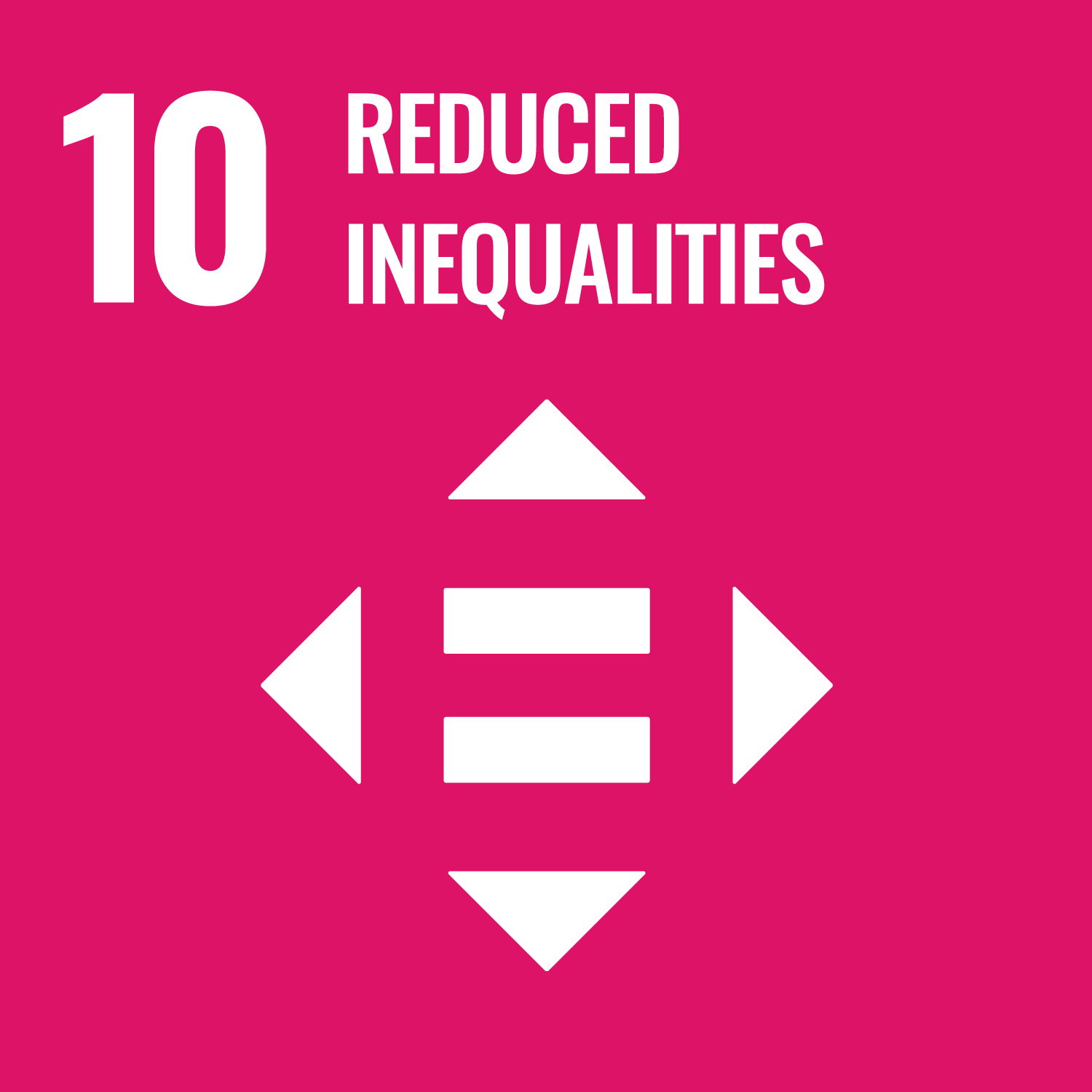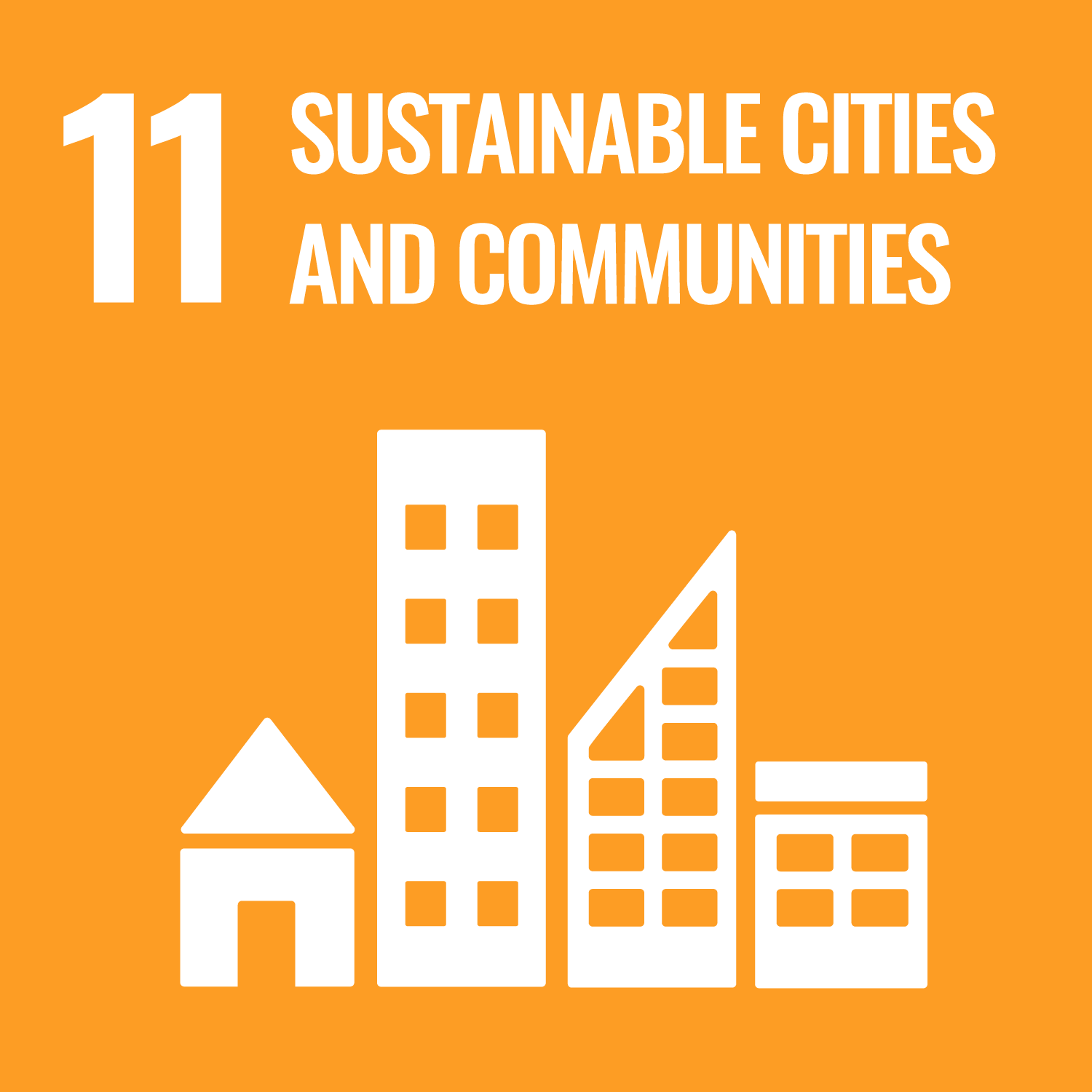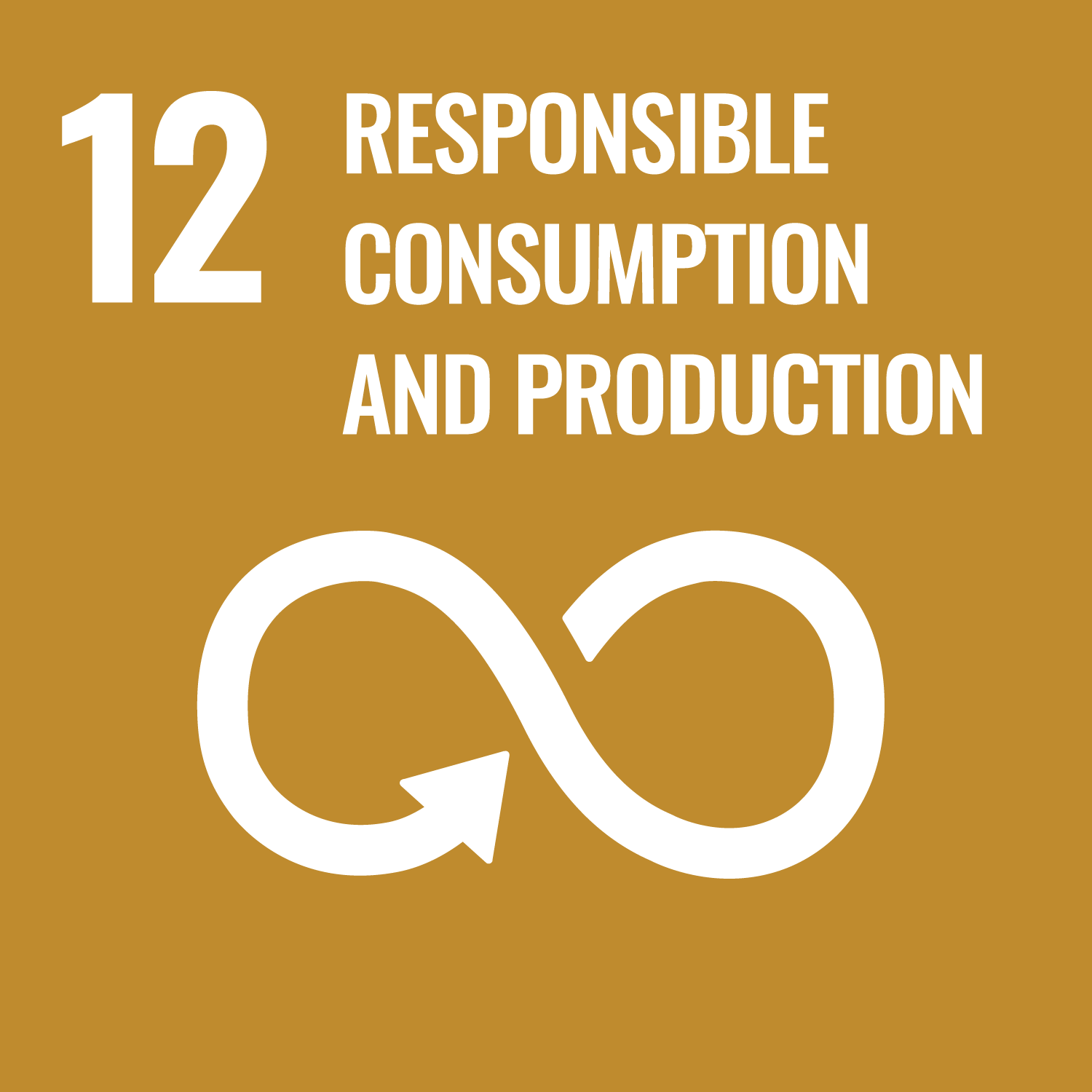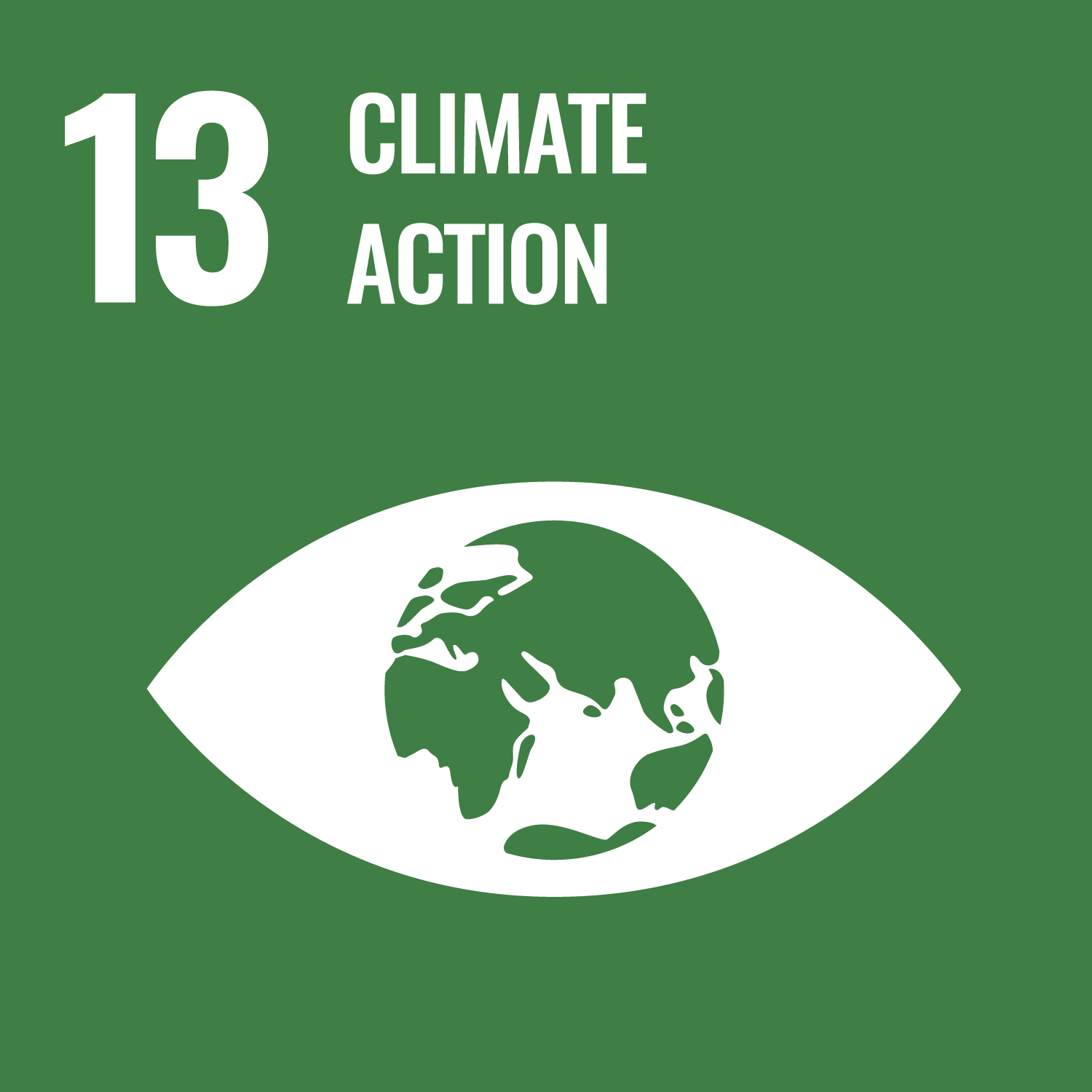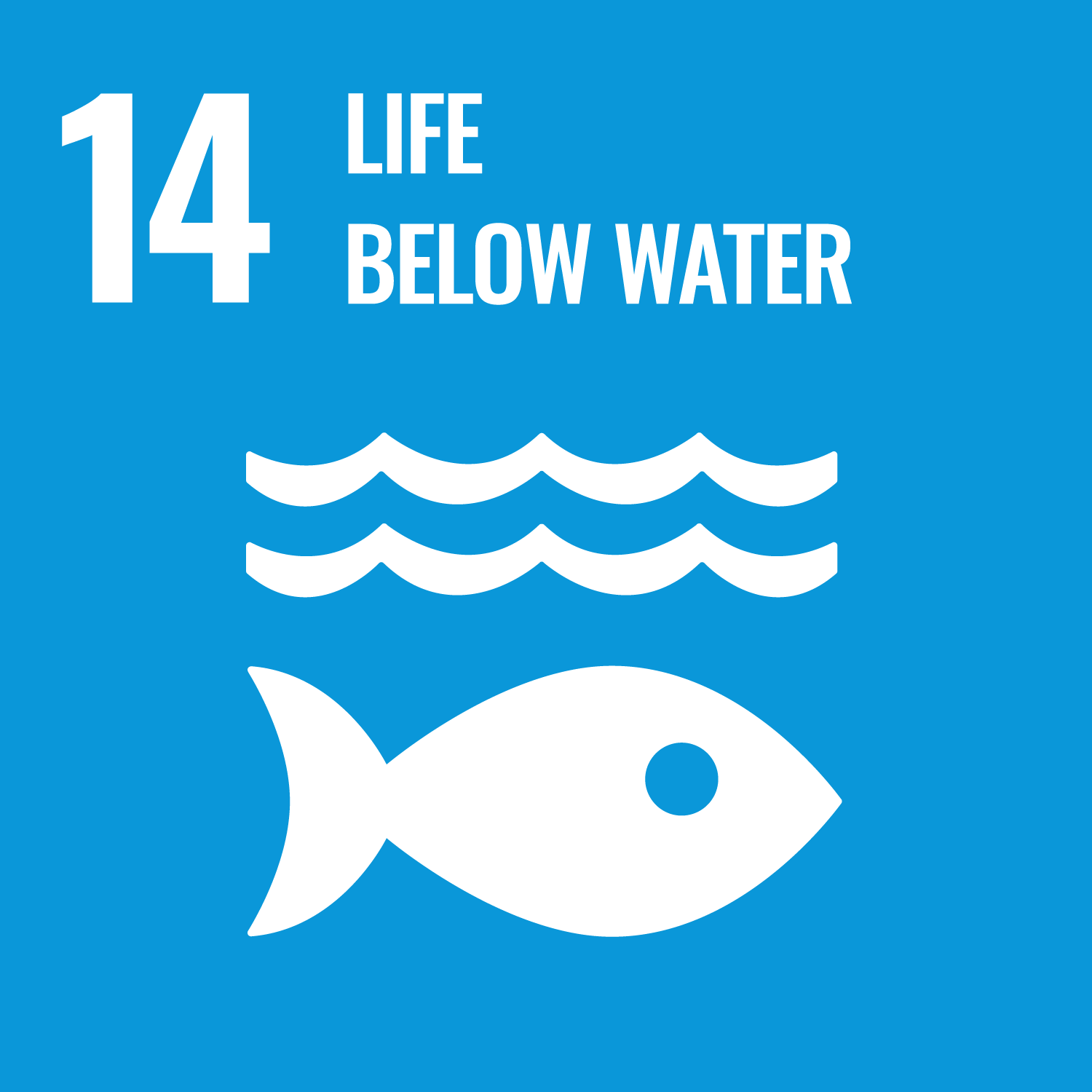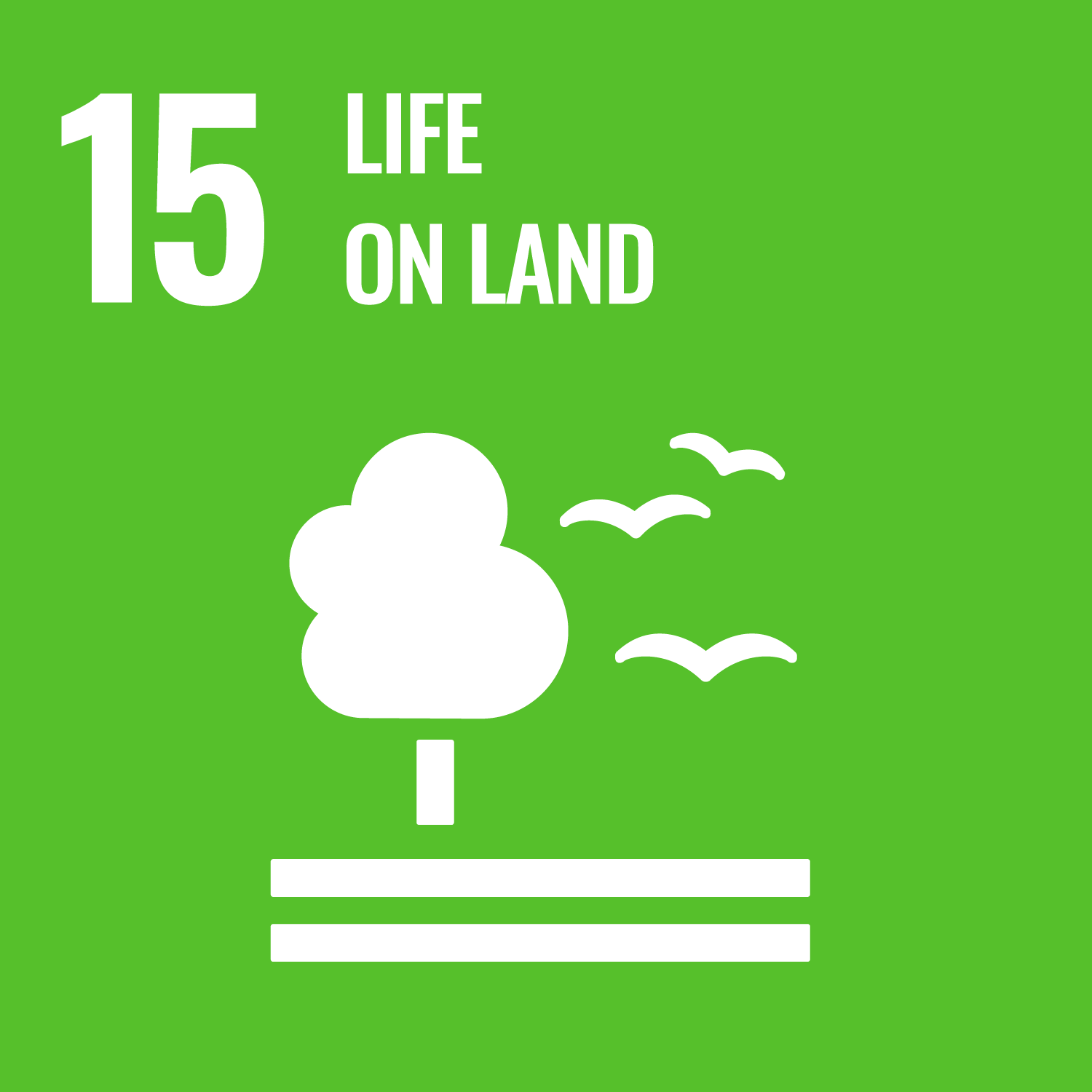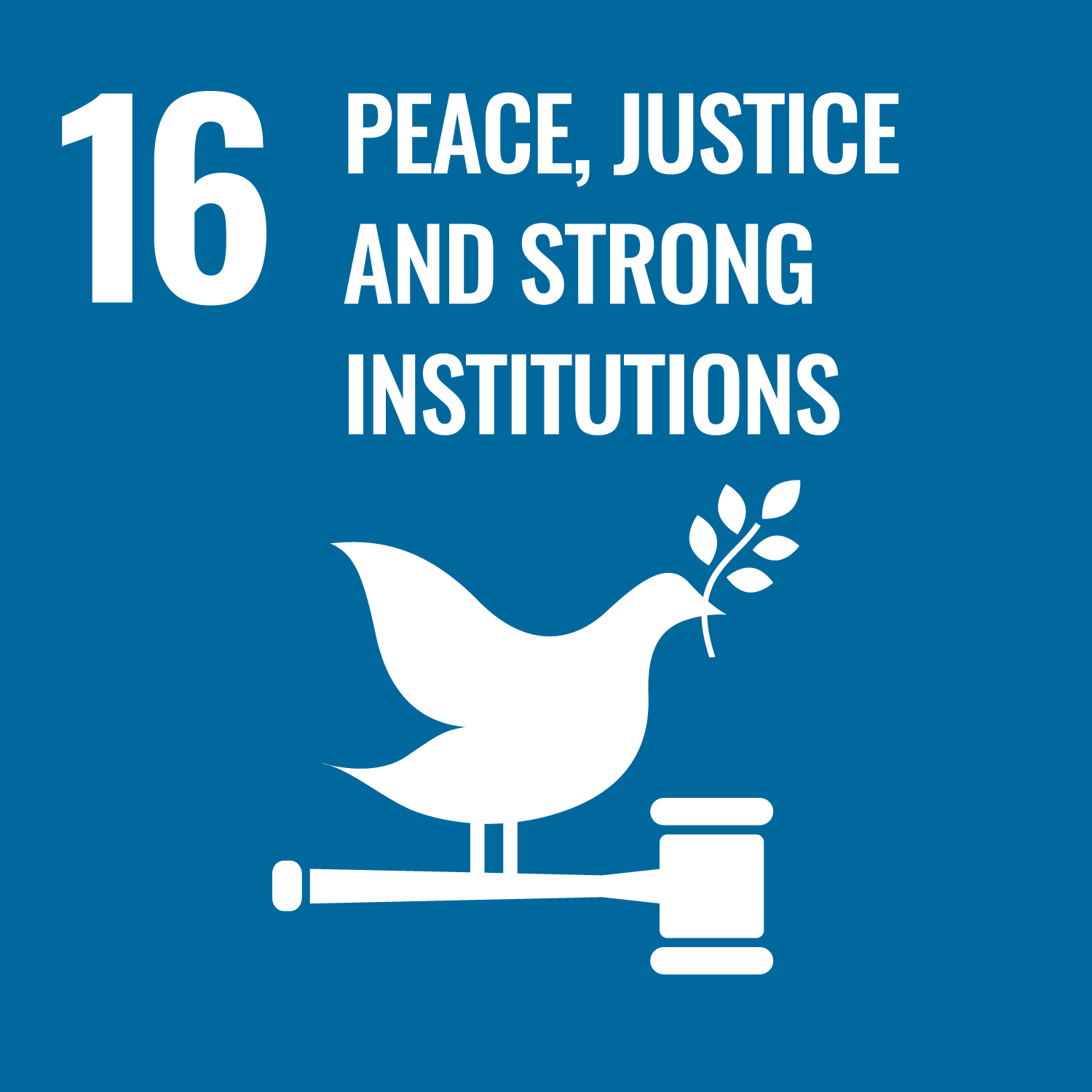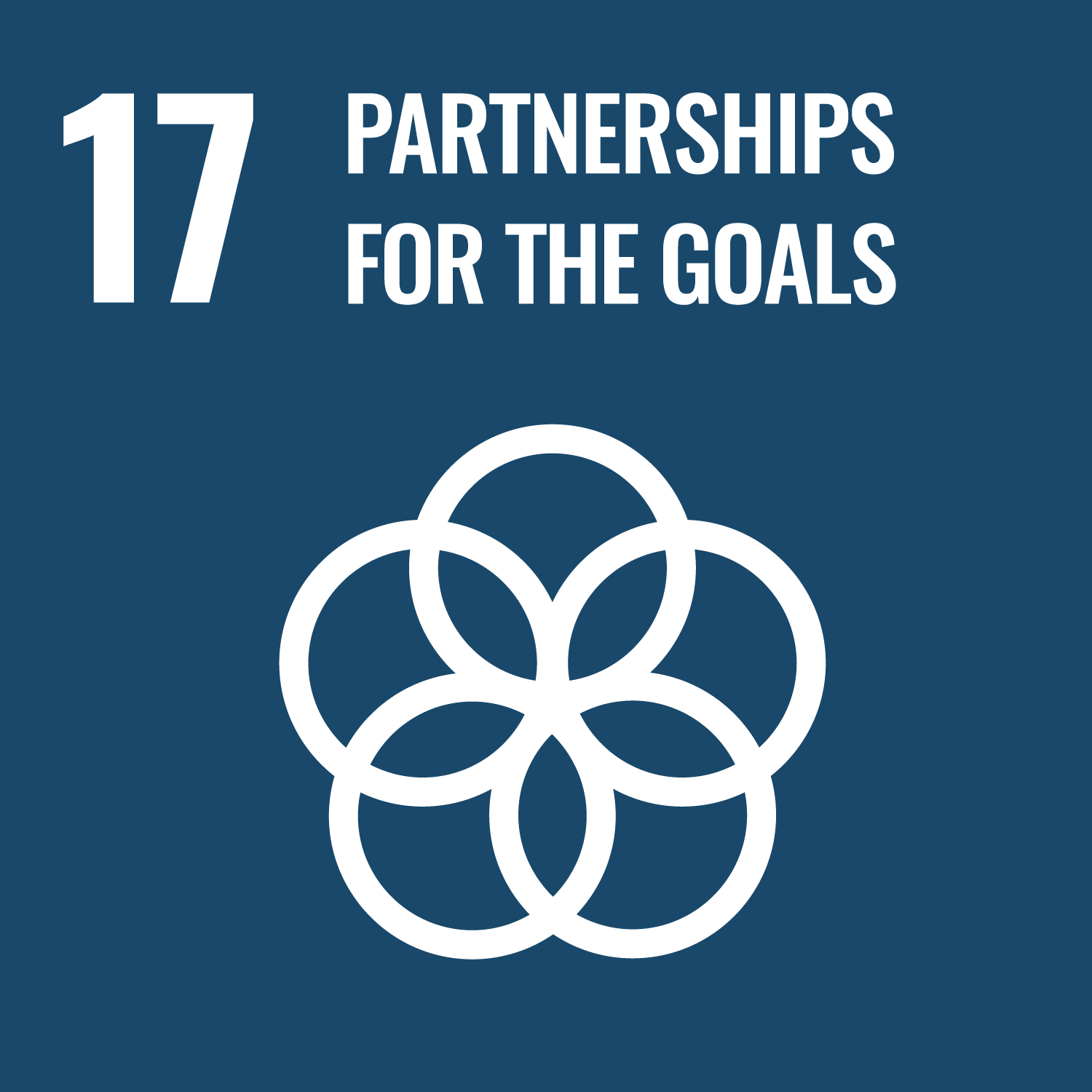What the RegenBox Project Is
The RegenBox project traces its roots back to the history of alkaline regeneration that began long before its launch in 2020. This innovative project is based on a patent filed in the 1980s related to the regenerability of alkaline batteries. As part of the Atelier21 program named Paleo-energetics, the project is all about unearthing energy innovations from the past, rediscovering forgotten patents, and carving a counter-history of renewable energies to meet today’s challenges. In 1994, American battery seller Rayovac leveraged this patent to create the Renewal charger – a revolutionary product that ultimately faded away as time passed. Fast forward to the end of 2016, when a crowdfunding campaign ignited a community of over 200 beta testers who received complete RegenBox electronic assembly kits with 4 batteries each. These testers regenerated alkaline batteries and transmitted the results via datalogging modules, pinpointing the most robust batteries for community benefit… and the journey of relentless R&D spirit began.
Main Benefit: Key Figures and Facts
The RegenBox project brings unparalleled advantages that go beyond regenerating batteries. In essence, it reduces waste by giving batteries multiple lives and creates environmental benefit. Consider the following essential facts:
- 1 billion unit alkaline batteries sold in France each year.
- Huge environmental impact: carbon emissions, air/soil/water pollution, wasted rare metals, and loss of raw materials.
- Only 25% of batteries are truly recycled (ADEME data).
- 660 million units could still be used instead of being trashed, burnt, or recycled.
- Using a health diagnosis method, 33% of thrown batteries are found to be almost new, with regeneration enabling a gain of up to 70% hours on the first cycle.
- The technology is mainly embedded in products as a service for companies with over 100 employees.
Energy Innovation Rediscovered
The story of alkaline battery regeneration is a perfect example of how ideas from the past can revolutionize the present. In the 1980s, Karl Kordesh, a co-inventor of the alkaline battery, discovered that non-rechargeable batteries could be revived using a system of micro-pulses of electricity. Despite the fact that his discovery was protected by a patent, the idea went through periods of temporary neglect before it was embraced by makers at Atelier21. The awakening of this technology through RegenBox has been described as an “unimaginable retro-tech project” that rekindles interest in sustainable practices and invites everyone to appreciate the ingenuity of earlier innovations… all while addressing crucial environmental issues.
B2B Solutions for a Greener Future
The innovative approach of RegenBox extends beyond individual or community use. As the scale of the project grew, in 2021 a dedicated company was established to meet the rising demand from regenerators. This expansion allowed the creation of collective solutions aimed at not only regenerating as many batteries as possible but also raising widespread environmental awareness. Educational initiatives have been integrated into this approach by utilizing the RegenCase—an educational kit that functions as a mini sorting and regeneration centre—widely used in companies, schools, and associations. The project exemplifies how technology can pave the way for sustainable resource management on a large scale.
Educational and Ecological Impact
The fuel behind the RegenBox concept lies in its mission to minimize the toxic waste generated by alkaline batteries, which are too easily disposed of with regular trash. While recycling remains a reliable recovery process, it is not necessarily the most sustainable option available. Instead, by regenerating batteries, the project champions a vision that drastically reduces waste by extending the lifecycle of these batteries. The environmental implications are significant, as the regenerative process not only curbs the release of pollutants into the air, soil, and water but also conserves rare metals and raw materials. Implicitly, this dynamic approach transforms waste challenges into opportunities for environmental rejuvenation.
Digital Knowledge and FabLab Synergy
FabLabs have emerged as ideal hubs for hosting the RegenBox project, thanks to their unique combination of resources and know-how. These spaces bring together advanced machines and expert experiences, facilitating the accumulation and transfer of knowledge through comprehensive training programs. In such an atmosphere, the coexistence of digital learning and hands-on experimentation inspires creativity and drives forward the mission of ecological transformation. It is an environment where digital technology seamlessly meets environmental consciousness, promoting a collaborative spirit and a knowledge-sharing culture.
Project Impact: Linked Sustainable Development Goals
- SDG 7: Affordable and Clean Energy – Promoting efficient renewable energy practices.
- SDG 9: Industry, Innovation, and Infrastructure – Revitalizing older technologies with modern expertise.
- SDG 11: Sustainable Cities and Communities – Reducing environmental pollution and waste.
- SDG 12: Responsible Consumption and Production – Enhancing the lifecycle of products and reducing raw material loss.
- SDG 13: Climate Action – Mitigating climate change by lessening carbon footprint through innovative energy solutions.
Forward-Thinking Regeneration for Sustainability
The RegenBox project embodies the merging of retro insights with futuristic energy solutions to transform environmental waste challenges into opportunities. With an emphasis on regenerating what was once considered non-rechargeable, this initiative drives forward a model of sustainable consumption that prioritizes resource preservation and innovation. By placing technology and education at its core, RegenBox paves the way for a greener future—one that is more respectful of the environment and adaptive to the evolving needs of societies in reducing ecological footprints. The melding of historical ingenuity with modern practices continues to inspire and demonstrates that sometimes, the path forward can lie in the lessons of the past…

